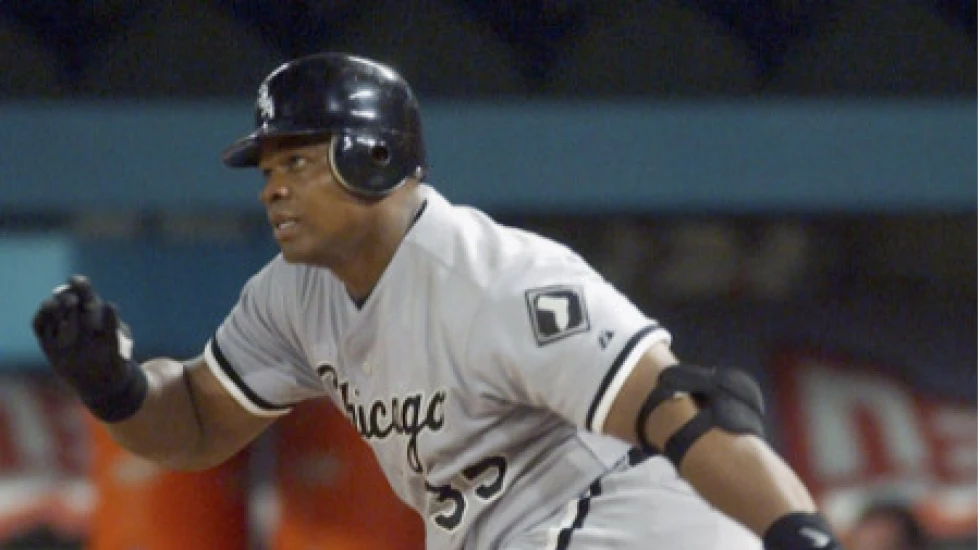
For the Cubs and their fans, designated hitters have been limited to interleague play and the truncated 60-game season of 2020.
Now the National League has adopted the DH, and the Cubs will enter the world the White Sox have inhabited since 1973 with DHs in the lineup for a full 162-game season.
Let’s run some DH numbers:
• Pitchers’ offensive contributions have taken a steep drop. Last season, pitchers hit .110 with a .297 OPS. In the last decade, averages cracked .130 only three times at .132 in 2013, 2015 and 2016, with an OPS high of .335 in 2016.
Compare that to the first decade of the DH, when pitchers hit at least .150 every season but 1978, when they hit .148. Pitcher OPS topped .400 twice, with .412 in 1974 (when the batting average was .165) and .403 in 1977. That’s not good offense by any means, but pitcher production on offense has gone from occasionally to rarely.
• In the DH era, American League teams have scored more runs per game than NL teams in every season but two, and one of those was 2020, the COVID season when both leagues used DHs. The other was 1974, when NL teams scored 4.15 runs per game and AL teams 4.10.
Last season, AL teams outscored NL teams 4.60 to 4.36. In the last 10 full seasons of one-league DH-ing, the average gap has been .22 runs per game in favor of the DH.
• It’s more common for teams to split DH duties than to have one regular DH. Since 1973, 192 batting-title qualifiers have DH’d in at least 80% of their games. That’s 27.9% of team seasons with a full-time regular DH.
• The Sox have used a full-time DH in 15 of the 49 seasons since 1973. Frank Thomas makes the Sox’ list four times, Harold Baines and Jim Thome three times each, Greg Luzinski twice and Carl Everett, Julio Franco and George Bell once each.
• The Red Sox’ David Ortiz qualified as a full-time DH 10 times and the Mariners’ Edgar Martinez nine. By weighted runs created plus, the best full-time DH season was Martinez’s 1995 campaign. His wRC+ was 182, as he hit .356 with a 1.107 OPS, 52 doubles, 29 home runs and 115 RBI.
• Because DHs make no defensive contributions, there is a deduction from wins above replacement. Per 1,458 innings — the average for a 162-game season — DHs have a deduction of 17.5 runs in the Fangraphs calculation. Adjustments are +12.5 for catchers, +17.5 for shortstops, +2.5 for second basemen, third basemen and center fielders, -7.5 for left and right fielders and -12.5 for first basemen.
Last season, the Angels’ Shohei Ohtani had a 152 wRC+, four points higher than the Yankees’ Aaron Judge. But Ohtani was primarily a DH and Judge a right fielder, so Judge’s position-player fWAR of 5.5 topped Ohtani’s 5.1.
Pitching WAR is a separate issue, and Ohtani had more value overall. But strictly as position players, Judge had more value, even though Ohtani produced more at bat.







